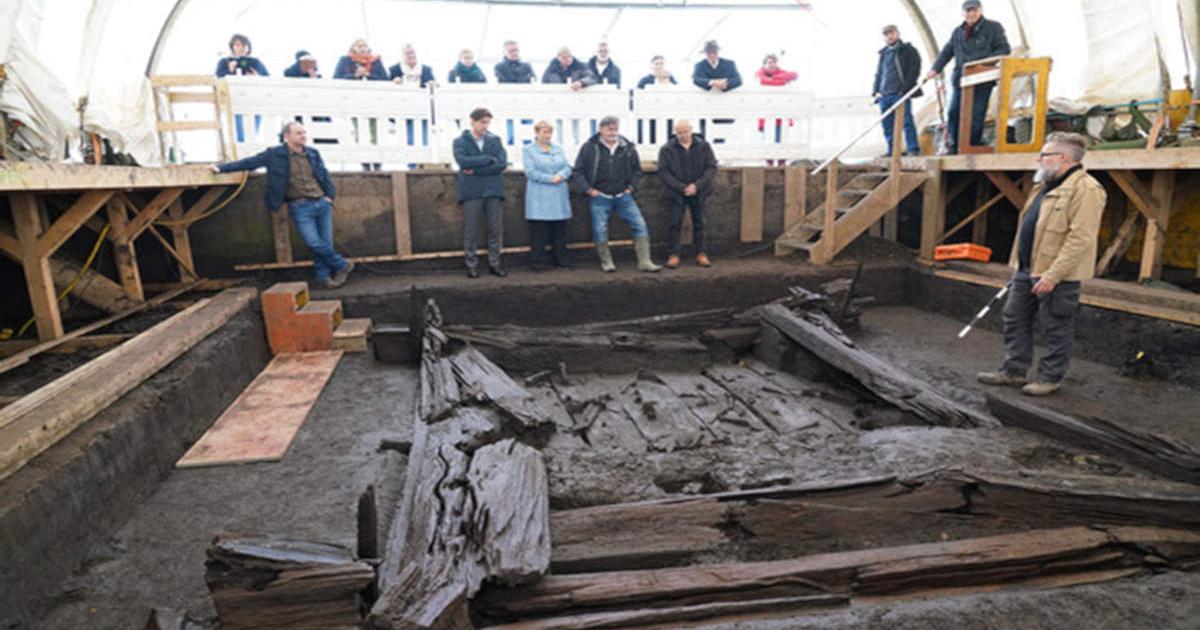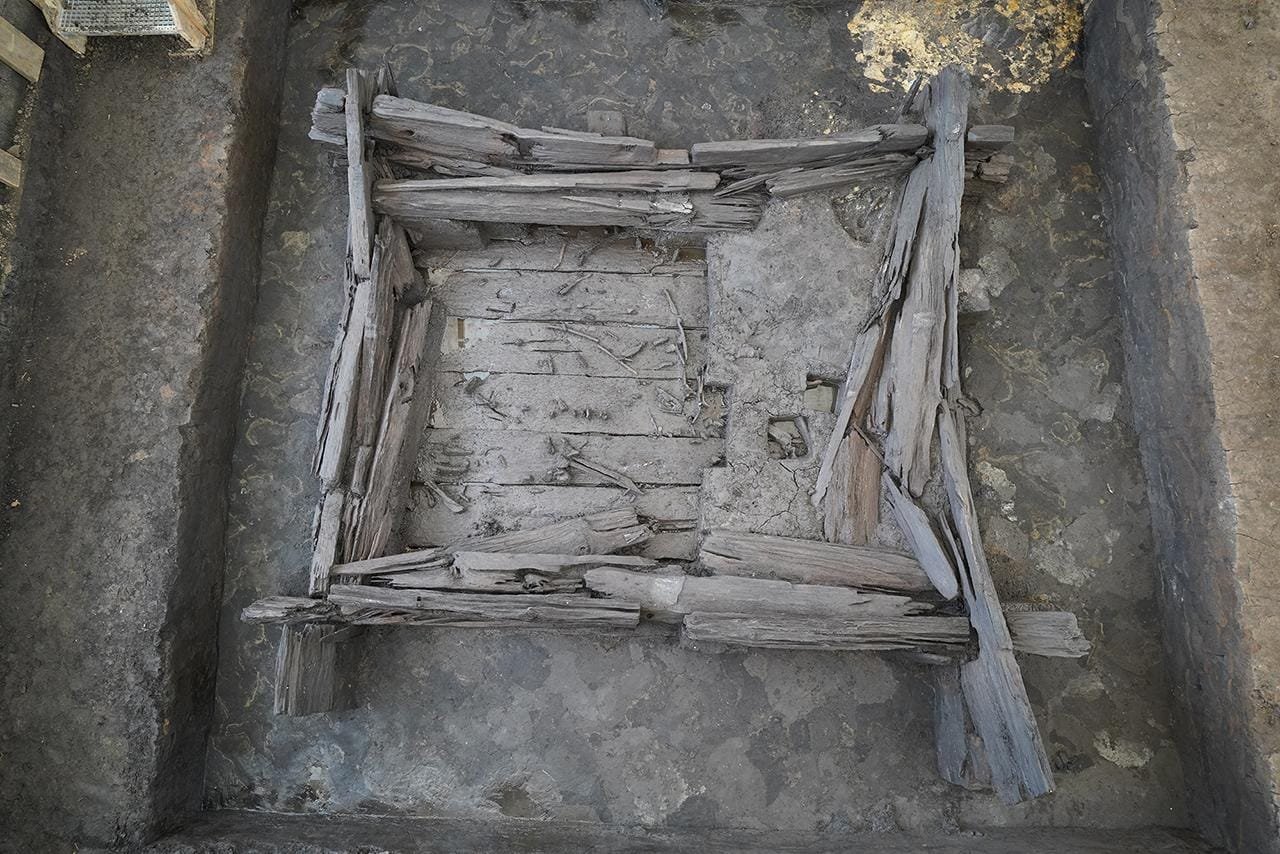Introduction
Archaeologists in southwestern Germany have made a groundbreaking discovery: a 2,600-year-old Celtic burial chamber located on the Danube Plain near Riedlingen. This site, part of a significant “princely burial mound,” offers a rare glimpse into the lives and customs of the ancient Celts, particularly their burial practices and societal structures.

Significance of the Burial Mound
The burial chamber is believed to have belonged to a high-ranking Celtic individual, possibly a warrior or chieftain. Princely burial mounds were often constructed for elite members of Celtic society, serving as a testament to their status and influence. The construction and embellishments of these mounds reflect the importance of hierarchy in Celtic culture and the reverence for their leaders.
Remarkable Preservation
Constructed from massive oak planks, the burial chamber has been remarkably well-preserved due to the groundwater that protected it from decay. This exceptional state of preservation is rare and allows archaeologists to study the burial site in detail. However, it is important to note that the chamber has suffered damage from ancient grave robbers who targeted the site, indicating the value placed on such tombs in antiquity.

Archaeological Findings
Despite the looting, archaeologists uncovered bronze and iron fragments within the burial site, suggesting the presence of a chariot—an important symbol of status and power in Celtic culture. The discovery of these materials offers insights into the funerary practices of the Celts, including the items deemed essential for the afterlife.
Among the human remains discovered were those of a young male, aged between 15 and 20 years, and another man buried later. This suggests a notable social standing within their community. The presence of these remains may indicate familial or ritualistic connections, highlighting the complex social structures of Celtic society.
Dating the Discovery
The wooden chamber’s preservation, attributed to unique hydrological conditions in the area, has allowed for precise dating of the site to 585 BC. This timeframe is crucial as it aligns with the late Iron Age, a period marked by significant cultural and technological advancements among the Celts. This era was characterized by complex societal structures and a rich tradition of craftsmanship, further emphasizing the importance of the burial mound as a cultural artifact.

Insights into Ancient Practices
Additionally, the discovery of a grave robbers’ tunnel provides intriguing insights into ancient practices of tomb raiding. This finding illustrates how valuables were targeted during antiquity, shedding light on the social dynamics and the lengths to which individuals went to acquire wealth and status.
Conclusion
This significant find enhances our understanding of Celtic burial practices, societal hierarchies, and the elaborate tomb constructions characteristic of the era. It not only sheds light on the funerary customs of the Celts but also contributes to the broader narrative of Iron Age Europe, showcasing the artistry and craftsmanship involved in their burial rituals. As research continues, this discovery is expected to reveal even more about the lives, beliefs, and social structures of the ancient Celts, enriching our understanding of this fascinating civilization.

